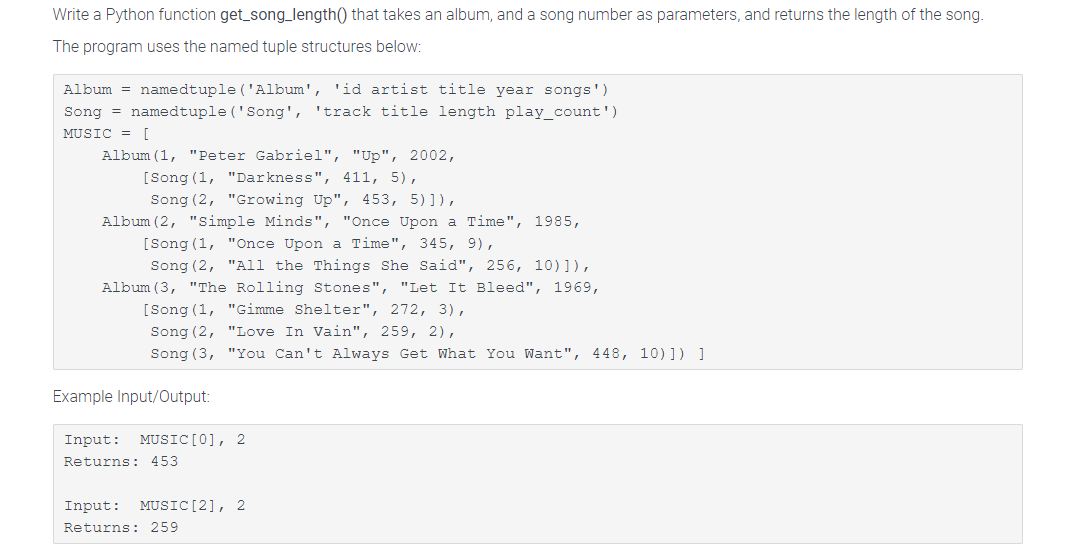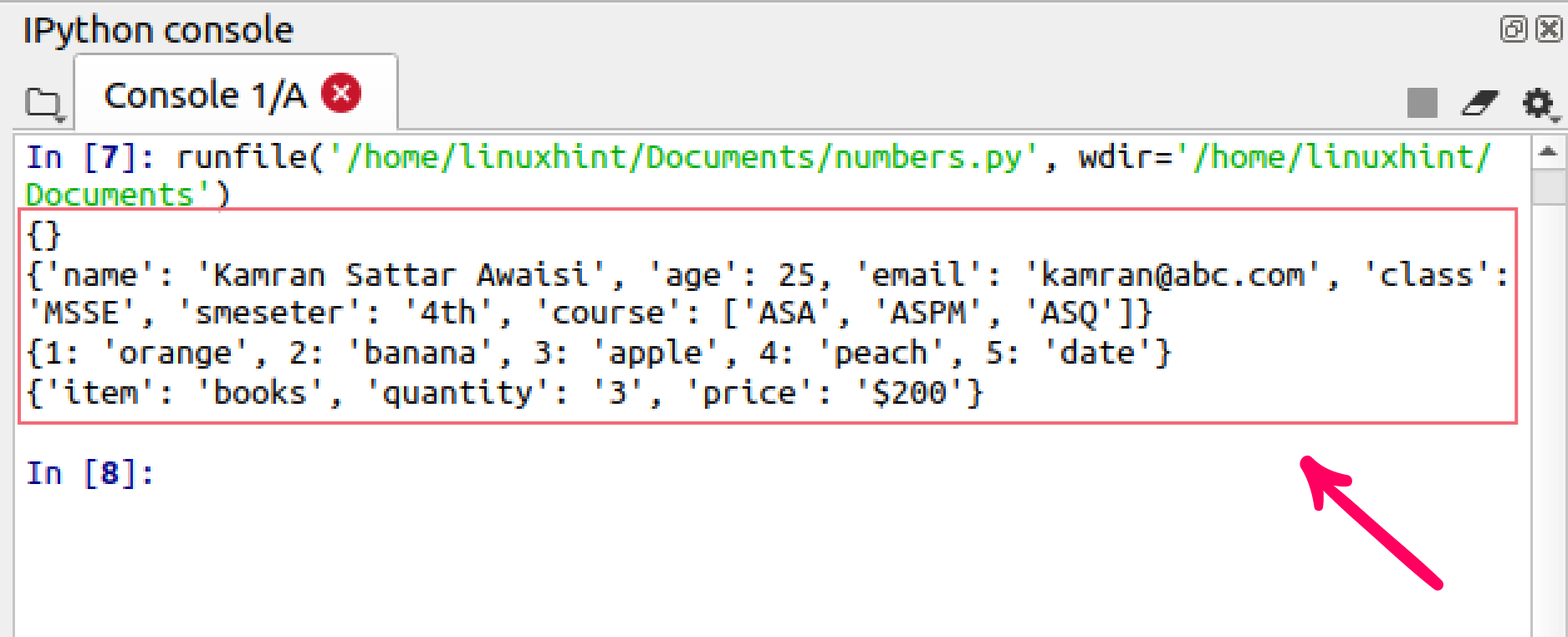

Here, we are obtaining the first item and printing all its details. Each item in the list is another dictionary containing information about the song. This key has another dictionary associated with it, which contains all the search results under the ‘items‘ key in a list. Upon looking at the result, we’ll see that it is a dictionary where there’s a main key, ‘ tracks‘. Here, ‘track:Here Comes The Sun artists:The Beatles’ means that we are looking for a track named, ‘Here Comes the Sun’ by the artists, ‘The Beatles.’ Also, we are specifying the ‘type’ of results we want as ‘track,’ meaning that the result should contain songs, and not albums, or artists, matching our criteria. Using field filters, we can tell Spotify the exact information our query contains. We are using something Spotify calls field filters in our query. Next, we are carrying out a search for the song, ‘Here Comes the Sun’ by The Beatles. The access token can be obtained using the get_access_token function. Here, we are authenticating our request and printing the access token that Spotify has assigned to our request. Since this article is not about eyed3 but about changing the tags, we’ll only concern ourselves with that aspect of the module.įrom the documentation, we can change the tags associated with a file in this way: We can do a number of things using eyed3 and changing the tags of an MP3 file is only one of those things.
PYTHON LIST OF DICTIONARIES ARTIST AND ALBUM INSTALL
Pip install eyed3 WORKING WITH THE MODULES To install spotipy and eyed3, do this: pip install spotipy To change the tags using the metadata provided by the user, we’ll be using the eyed3 module, which is very simple to use and extremely powerful. That’s it! Now, you should have your client ID and client secret available. To do this, we need two things: A client ID and a client secret, both of which can be obtained by creating a Spotify Developer account and registering our app there. For the module, we’ll be making use of spotipy.Īlso, we will need authorization to make use of the API. Therefore, I decided to use the second option. When I tried the first option, I saw that authenticating a request and getting a response is too much work and cannot be accomplished using simple things like the requests and json module. To use Spotify, I had two options: Directly using the web API, available at this website or to make use of a Python module which abstracts a lot of the internal happenings when making calls to the API and only presents us with the necessary details. Using Spotify ensures that the metadata we receive is clean and full-featured, containing all the required information about a particular song. For the database, we’ll be making use of one of the world’s largest music repositories, Spotify.

They will have two options: to provide the metadata manually or to search for the metadata using the song name and the artist name in a database. In the script, we’ll be asking the user for the absolute file path of the MP3 file they want to modify. In this article, we’ll go about writing a Python script which makes this work easier. In addition to this, very few of us have the time to manually enter the tags for each song in our library missing them. When we open our library, we have to scroll through a lot of songs, wonder ‘is this the one?’ and play a few wrong ones until we find the one we are looking for. All of us tend to have a large repository of songs without any tags indicating their names, artists, albums, etc.


 0 kommentar(er)
0 kommentar(er)
